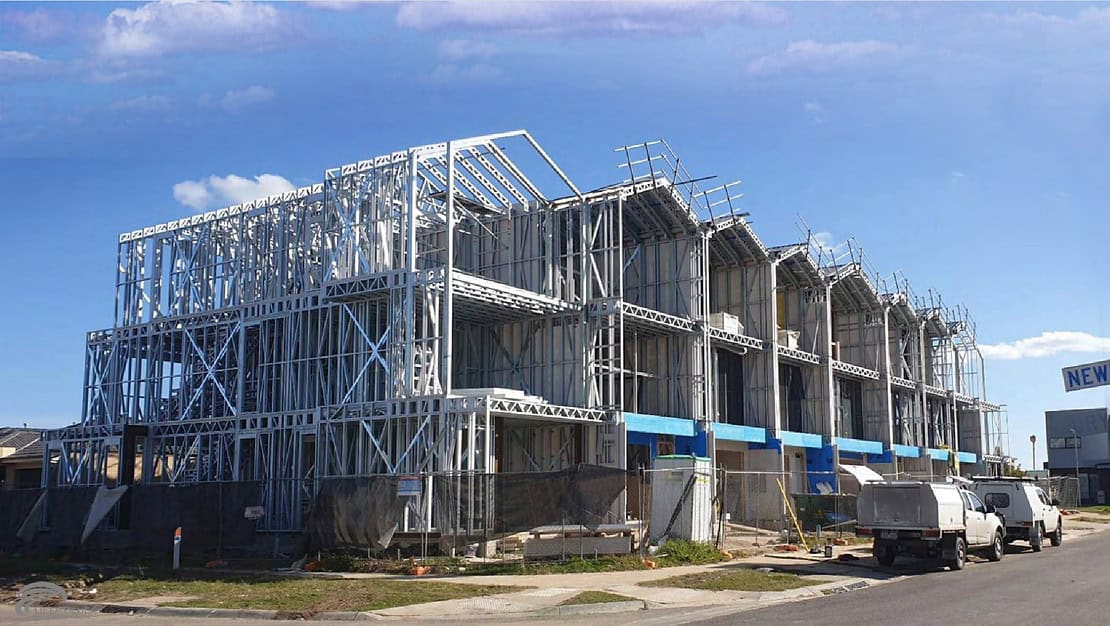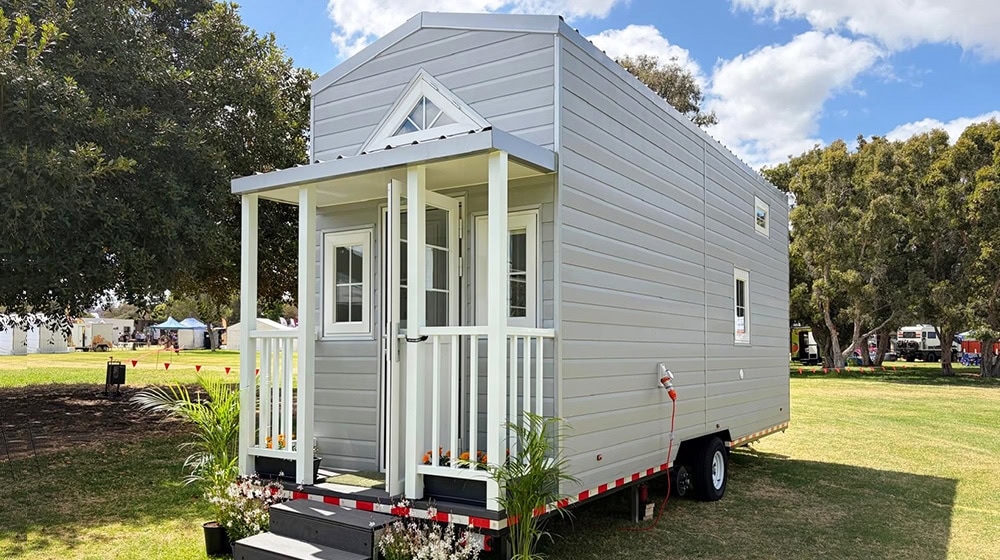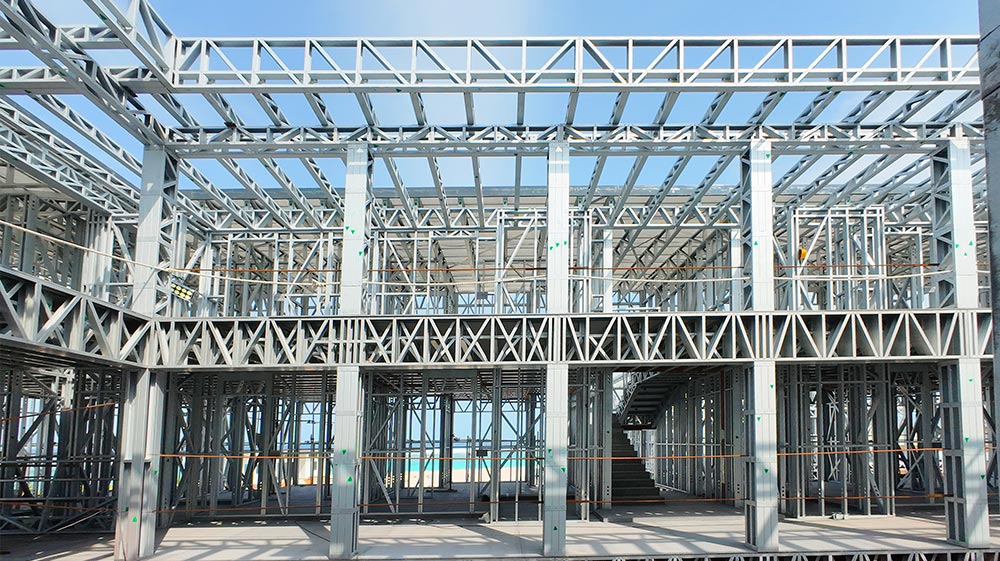When it comes to construction, the choice of materials can significantly influence a building’s performance, especially concerning fire resistance. Light steel buildings have emerged as a superior choice, outperforming traditional concrete and wooden structures. This blog post delves into why light steel buildings are the better option, particularly in fire situations, making them appealing to builders and architects.

Understanding Fire Resistance Standards
Fire resistance is a critical factor in building safety. It refers to the ability of a structure to withstand fire or provide protection against the spread of fire. Safety standards set by organizations like the National Fire Protection Association (NFPA) and the International Building Code (IBC) play a significant role in defining these parameters.
Light steel framing offers inherent advantages over wood and concrete in this aspect. For example, steel has a higher melting point than wood and is less likely to be compromised under high temperatures. Light steel retains structural integrity in higher heat conditions, leading to a safer environment during emergencies.
The Inherent Advantages of Light Steel Buildings
Superior Structural Integrity
When exposed to fire, steel can expand and bend without losing its load-bearing capabilities, in contrast to wood. Wooden structures can quickly combust and lose structural integrity, leading to the possibility of catastrophic failures.
Light steel’s design allows for flexibility without compromising strength. A study by the Steel Construction Institute highlighted that steel structures have a significant advantage in high-temperature situations, ensuring they maintain structural safety and prolong evacuation times during a fire.
Enhanced Safety Features
Light steel buildings excel in safety during disasters. Buildings constructed from light steel meet or exceed fire safety standards, reducing the risk of fast-spreading and uncontrollable fires. Enhanced safety features include:
-
Fire-resistant coatings that help delay the onset of fire, allowing more time for occupants to evacuate.
-
Non-combustible materials which inherently do not contribute to fire growth.
According to a report from the American Iron and Steel Institute, buildings with light steel framing demonstrate a 30% reduction in fire-related incidents compared to wooden structures.
Compliance with Safety Standards
Builders and architects are often faced with strict regulations requiring compliance with safety standards. Light steel buildings readily meet these requirements due to:
-
Durability: With fire and seismic ratings, they often exceed code requirements.
-
Design flexibility: Easy to customize and adapt while still maintaining safety standards.
-
Environmental considerations: As lightweight materials, steel structures generally require less energy for production and transport.
Choosing light steel materials can streamline the compliance process, ultimately saving time and money.
Comparisons with Concrete and Wood Buildings
Fire Resistance of Concrete
Concrete possesses its own fire-resistant capabilities due to its non-combustible nature. However, its performance is often limited by its weight, making construction more cumbersome. Moreover, cracks and weaknesses can develop over time, which may result in hidden fire hazards. Testing has shown that while concrete can withstand fire, the intensity and duration of fire can still impact its structural integrity.
The Vulnerability of Wooden Structures
In stark contrast, wooden buildings are highly susceptible to fire. A fire can spread rapidly through untreated wood, posing an immediate danger to occupants. Once ignited, a wooden structure can collapse within minutes, a risk that is unacceptable in public and commercial buildings. Furthermore, many codes and regulations are now discouraging the use of wood in certain types of buildings, especially those requiring high safety standards.
In summary, while concrete offers some fire resistance, light steel buildings stand out for their enduring performance under fire stress, combined with flexibility and compliance benefits that wooden structures simply cannot match.

Addressing the Myths Surrounding Light Steel Buildings
Light steel buildings are often misrepresented in the construction industry. Some believe they are weak, noisy, and lack insulation. However, these misconceptions can be easily debunked.
-
Strength and Stability: Light steel is engineered to provide immense strength while being lightweight. The design allows for large open spaces without sacrificing safety.
-
Noise Issues: Advanced construction techniques include insulation and soundproofing methods that significantly reduce noise transmission, making steel buildings as quiet as conventional wood structures.
-
Insulation: Modern light steel buildings utilize advanced materials that improve energy efficiency, reducing heating and cooling costs while protecting against fire.
Ultimately, choosing light steel buildings provides unparalleled advantages regarding fire resistance, structural integrity, and compliance with safety standards.
The Future of Building Safety
As we move into a future where safety regulations become increasingly stringent, light steel buildings offer a promising solution. They are not only resilient but adaptable to changing environmental standards and safety codes.
The architecture and construction industries must prioritize fire-resistant materials that ensure safety without compromising design. By investing in light steel building technology, we can collectively create safer environments for workers, residents, and communities at large.
In conclusion, the advantages of light steel buildings in terms of fire resistance cannot be overstated. With their superior structural integrity, inherent safety features, and compliance with rigorous standards, light steel buildings emerge as the frontrunners in modern construction. Embracing this innovative material will undoubtedly lead to safer and more resilient buildings.



